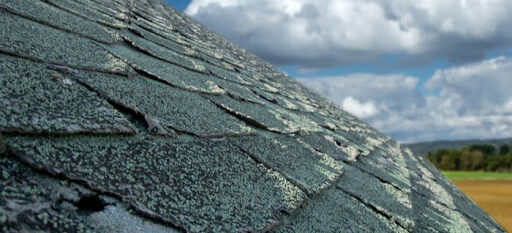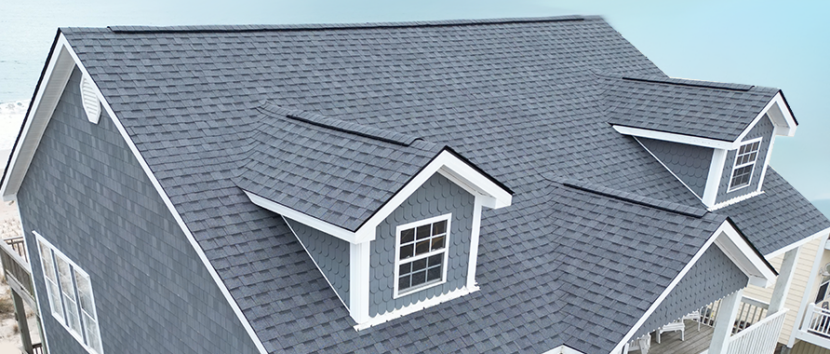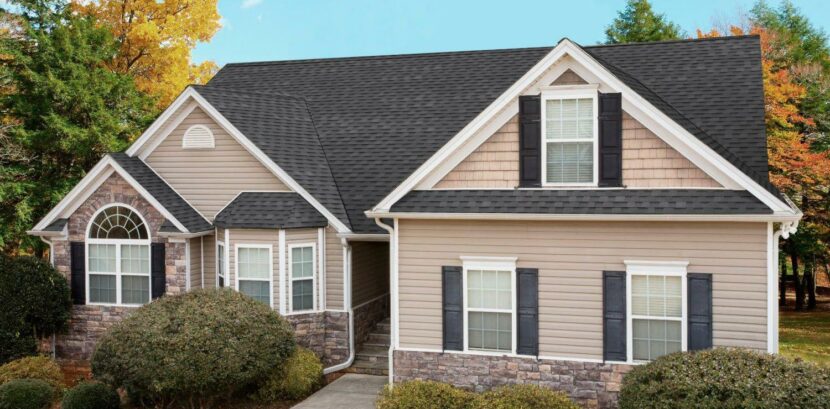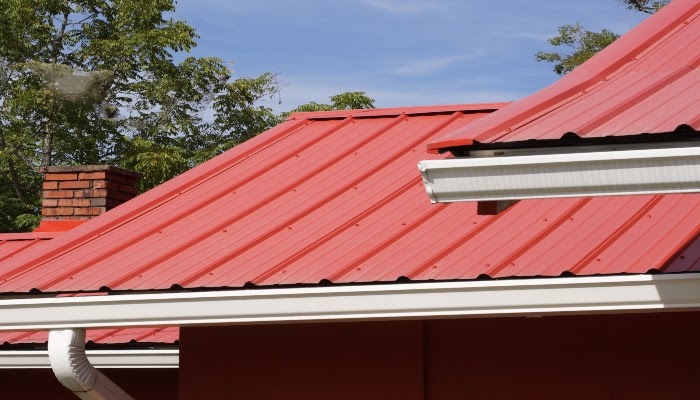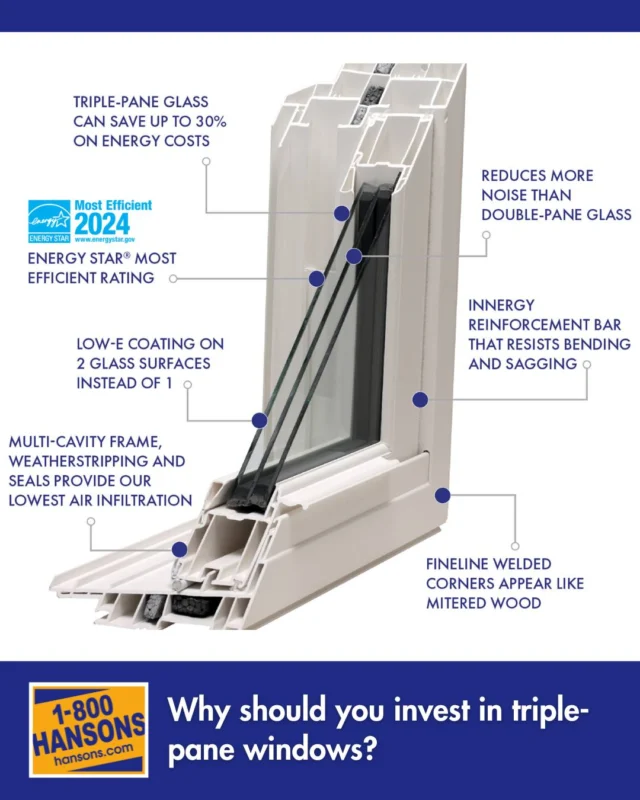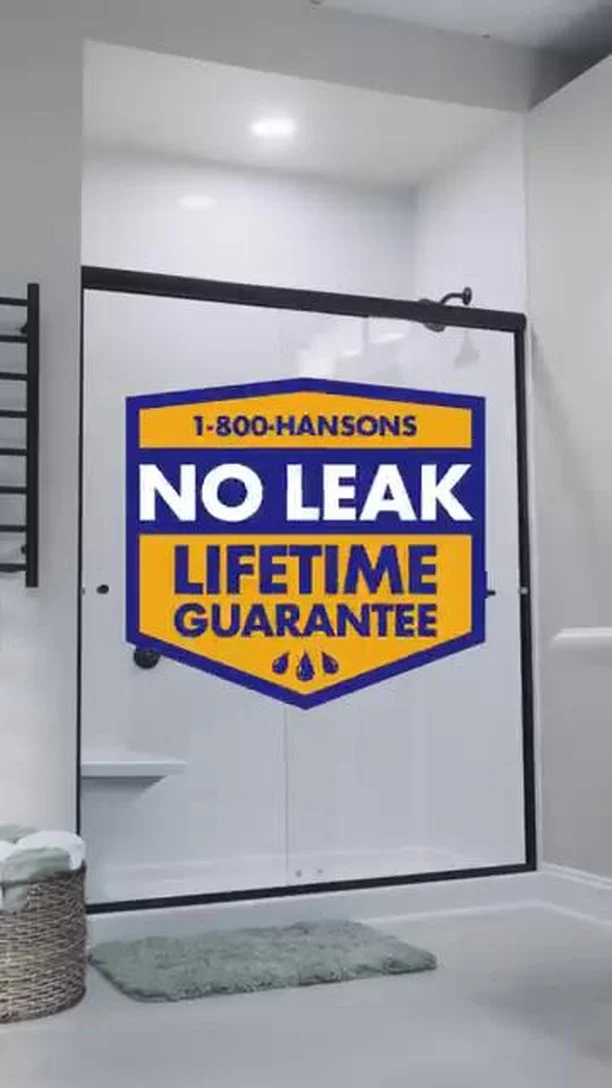Energy-Efficient Roofing
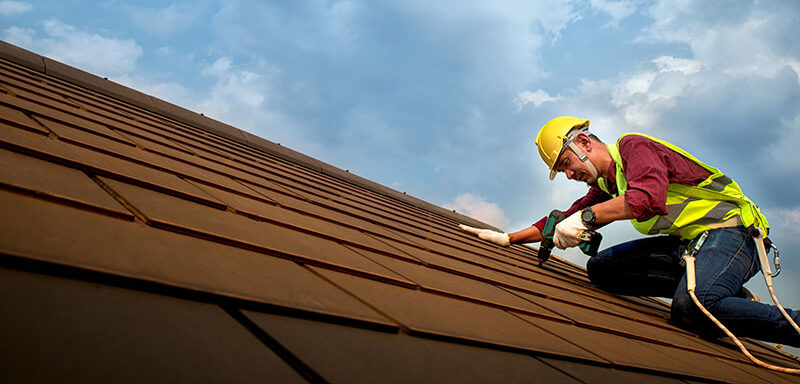
Energy efficient roof shingles can reduce your AC costs by an impressive 15%. Their magical cooling powers come from their ability to reflect solar energy and decrease heat transfer. Achieving energy efficiency needs to be a multi-pronged approach that includes the color, R-value, and reflective powers of your roof, so a random pick from the Energy Star list won’t do as much for you as you might like.
Every building is different and can only achieve its peak cooling demand with the right roof layout, location, and building envelope efficiency.
Which Type of Roof Keeps the Room Cooler?
Humanity has been relying on clay’s cooling powers for thousands of years. The ancient Greeks and Romans laid the first clay tiles in 10, 000 BC, and these powerful architectural marvels are still some of the best weapons in the roofing industry. Terra-cotta and concrete roofing are also a boon in hot climates, but innovative new fabrications have added a few more options to the list.
EPDM roofing membranes resist UV radiation without breaking down. Their reflective titanium dioxide surface is as effective as their insulating talents. Green roofs are another new kid on the roofing block, adding vegetative layers to your existing roofing membrane. They’re highly reflective and use evapotranspiration to insulate your home.
Get a Free Estimate Today
60% off installation. Special financing available. See details.
How to Reduce Roof Heat in Summer
Your cooling powers aren’t limited to your shingles. Shade plants and white terraces are well worth their investment price. Solar panels are another innovative way to block heat from your roof. These options won’t achieve impressive results if your roofing is inefficient, though, so use them as an accessory to the solution, and not as the solution itself.
What is the Most Energy Efficient Roof Color?
Metal has been a popular roofing favorite since the 3rd century BC. It reflects sunlight from your building, bringing energy savings of up to 50%. With the right architecture, it can improve asphalt’s surface cooling by 100 degrees. Light colors are just as efficient as reflective ones.
Dark surfaces absorb heat, so a white layer will bring you significant savings. Energy Star loves white metals and reflective pigments because of their effect on CO2 emissions. Solar-reflecting granules are an attractive alternative from the Cool Roof Rating Council’s list.
Are White Shingles More Energy Efficient?
While white shingles offer better energy efficiency than black ones, color won’t win the cooling battle alone. The most energy efficient roof design combines solar reflectiveness with insulation. Foam and cellulose layers are needed to create a radiant barrier that retains your HVAC effects on sweltering days. Allowing space between your roofing membrane and insulation is another simple, cost-effective way to improve your roofing design.
Reroofing might be a big commitment, but it will give you a more sustainable future, racking up your property value at the same time. The long-term savings might balance the initial cost, so weigh up your returns on investment against your upfront costs.
What Tiles Can Do for Your Savings
Metal sheets resist tough weather beautifully, but they don’t expand your insulation options as well as tiles can. The latter allow air to circulate beneath them, creating an insulating double wall that guards against heat and chills. Asphalt might not be as durable, but it’s one of the most powerful ways to ramp up solar reflectance. Asphalt shingles aren’t all made alike, though.
Energy efficient products are made with heat-reflecting granules that traditional asphalt lacks, so be sure to request the right product. It can improve the temperature of your roof by as much as 100 degrees Fahrenheit. This classic material is one of the most cost-effective options in the industry today.
New fabrications can even guard your home against hazardous weather while simultaneously improving your fire resistance. They even insulate against noise, so if you struggle to get a good night’s rest, asphalt might be the insomnia cure you’ve been looking for.
The Importance of Ventilation and Insulation
Ceiling insulation can act as a temperature flow barrier between your tiles and ceiling boards, reducing your cooling costs by 45%. A poorly-ventilated roof is an inefficient power preserver, though, so your insulation needs to be combined with vents that let cool air in.
Counterintuitively, your eaves also need good airflow, so make sure your soffit vents remain uncovered. This will minimize ice dams and prevent your roofing from eroding.
Cool roofs do more than just reduce your home’s cooling costs. They can have a dramatic effect on your quality of life, increasing both your spending power and comfort. When you eventually sell your home, your extra roofing work will reflect on your asking price. It’s time to escape the sweltering heat of summer. You deserve it!
Need help with a roofing project? Contact 1-800-HANSONS for a free estimate.


